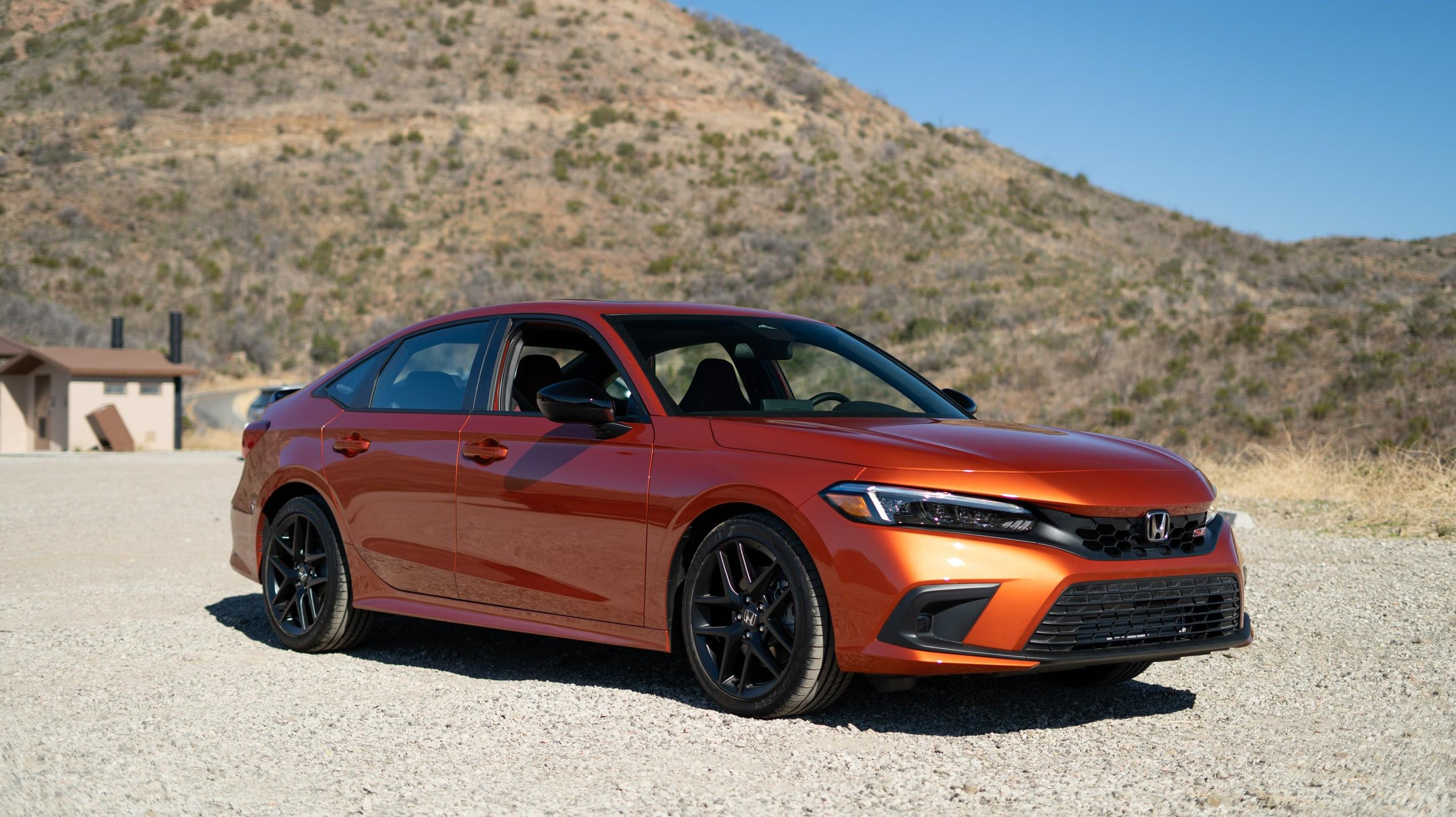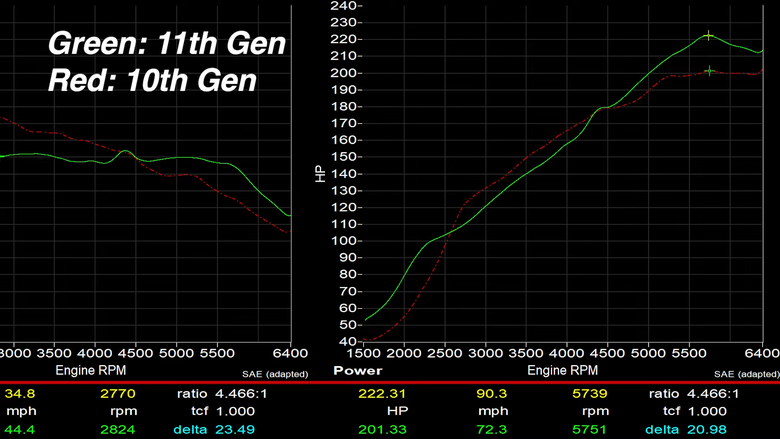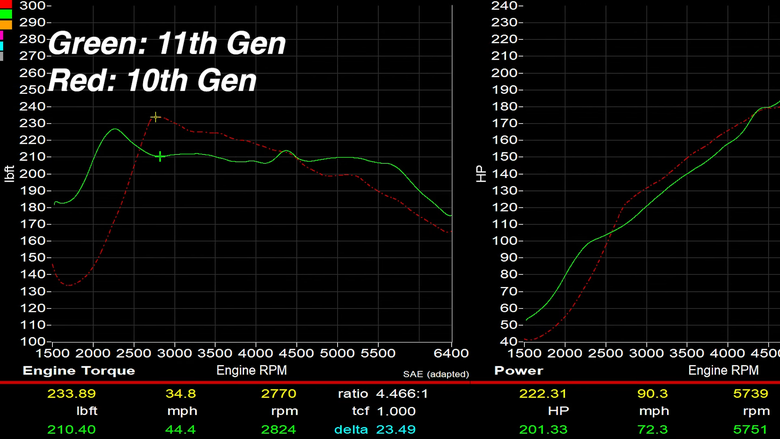The 2022 Civic Si Sure Seems To Make More Power Than Honda Says
Hondata already took a new Si to the dyno, and found some big numbers lurking under the hood
The Civic Si is not a numbers car. It's a car that loses in the lunch-table spec sheet races, but wins on actually being fun to drive. Unfortunately, judging from some of the comments on my first drive review of the car, you all still want more bigger better faster higher numbers to brag about. Fine. Brag about this: Hondata took a new Si to the dyno, and found quite a few horses that Honda hadn't mentioned.
Hondata is the biggest name in Honda tuning, so it's no surprise it would be one of the first to get its hands on the new car and start running tests. The company published a YouTube video showing the 2022 Si making a hub dyno run, and then comparing its results to Hondata's information for the previous car.
Try bringing those numbers to the cafeteria tomorrow: 222 horsepower and 233.89 lb-ft of torque, both up by about ten percent rom the previous model. While the gear ratio presented in the dyno chart doesn't actually match any gear presented in the Civic's transmission (the closest match is 4th gear, which combined with the final drive would be an overall ratio of 4.544) the ratios shown in Hondata's tests for the previous car are similarly off. So, the comparison is at least apples-to-apples.
Well, sort of. Once you get into wheel horsepower numbers (or horsepower at the hubs, for the pedants out there) all the little details start adding up. The 2022 Si did its dyno run at night, so one could presume the air is colder and denser than the '17 Si's daylight dyno, but both cars are turbocharged and intercooled so the difference is likely minimal. The '17 Si appears to have been tested in third gear, rather than fourth, but that shouldn't make for such a wide gap.
But the maximum speeds, but the correction factors, but but but. Trust me, I understand all the little frustrations form the minutiae of horsepower-measuring contests. At the end of the day, there's really only one but that matters: your butt dyno. Unless you're taking your car to the track or the drag strip, how fast it feels is a lot more important than how fast it is.
Enjoy your cars. Stop swapping data points from the brochure. Does the new Civic make 11% more power than Honda says? Maybe! Does it make 22% more torque? Probably not! Is horsepower, alone on a spreadsheet, any indication of how fun a car will be to drive? Absolutely not. So, why does everyone care so much?


